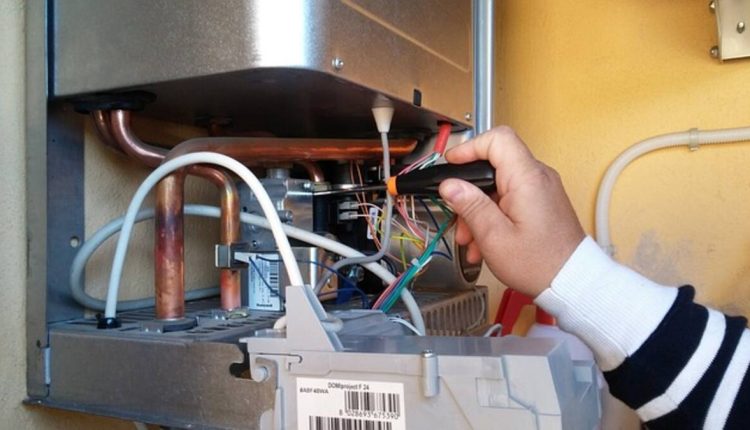Today’s green homes necessitate the installation of tankless water heaters.
Installing a tankless water heater is a great place to start when reducing your home’s environmental impact. The water heater won’t have to work as hard to maintain a steady temperature for water that isn’t being used, allowing them to halve their energy use. If you want to know why this sort of water heater is preferable, it’s not simply because it saves money or energy; there are many more advantages.
Reasons Why Your Average Hot Water Heater Isn’t Cutting It Anymore
Most homes have the same inefficient and wasteful water heater setup, regardless of when they were built or installed. A water heater will continue to run to maintain a constant temperature for the water in its reservoir even if no one is home and no water is being utilized. Everyone should know by now that if an appliance is hooked to an outlet, even if it is turned off, it still uses electricity. The typical water heater wastes just as much energy and may cost the homeowner a lot more in the long run.
The primary advantage of tankless water heaters is that they can save annual energy expenses by hundreds of dollars due to their efficiency. The tankless water heater installation will only heat water as needed before it comes out of the faucet instead of constantly heating a water reservoir to the desired temperature. Unlike its predecessor, this system heats the water as it flows through the unit, increasing efficiency. At the time of installation, you can choose the exact temperature at which the water is provided, and it will stay at that setting until you change it. Easy to install, produces excellent results, and lessens the home’s carbon footprint.
Water Heater Specs and Models
Two primary varieties of instantaneous or on-demand water heaters are now on the market. It is also compatible with electric and gas power, just like its forerunner. The gas flash heaters are where the most significant difference between the new and old in terms of the type of energy used becomes apparent. If you opt to install a gas flash heater, you may use natural gas or propane to power it.
However, unlike gas models, electric flash water heaters can be placed virtually anywhere. Because of their portability, electric heaters are ideal for households with multiple occupants or those with numerous large appliances. Both natural gas and propane heaters require a nearby vent to remove exhaust gases from the home during operation. If venting is not an option during installation, these are often placed in the yard. For protection, they are frequently spotted right behind smaller residences or atop larger ones.
Suggestions for Buying the Perfect One for Your House
Homeowners should consider how often and how much hot water is used daily before picking which type to put in the property. Because of their inefficient on-demand water heating capabilities, the smaller units may struggle to keep up with families that often run showers, baths, washers, and dishwashers. If you go for electric, this could mean installing numerous smaller units around the frequently used appliances, or it could mean purchasing a single larger unit with increased water heating capability.
Before scheduling the installation of a tankless water heater, it’s also essential to consider the desired temperature range for the flash heaters. Since it is common knowledge that reducing the water temperature from the tap or shower head will reduce utility bills, you should avoid doing so unless necessary.
Do you want to learn more about how installing a tankless water heater can positively impact your home’s environmental footprint? Call Liberty Plumbing and Septic today for a comprehensive consultation with their professionals, who have been assisting homeowners in making their houses more energy efficient for years. The installation of tankless water heaters is also covered on our new website.
Read also: Scandinavian Interior Design


